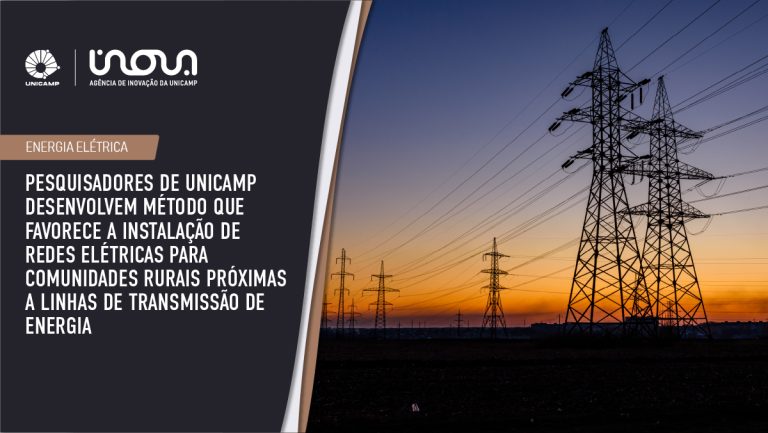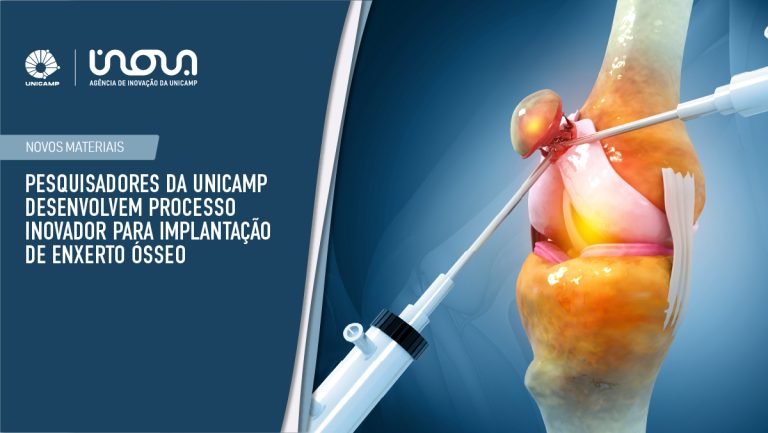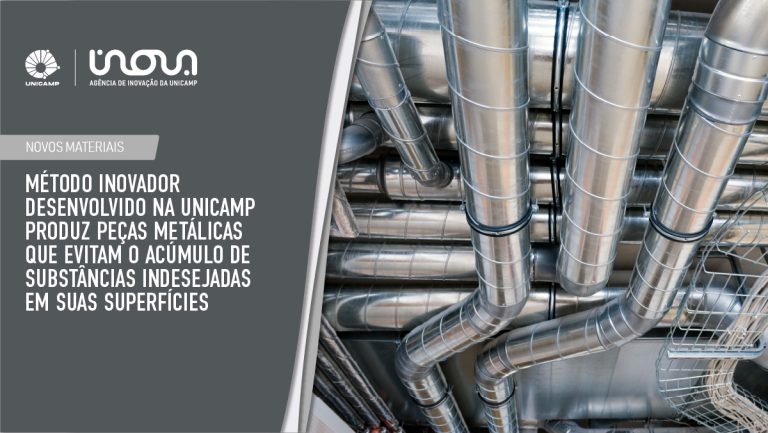Thermal magnetic device for converting thermal energy into mechanical energy, has stator comprising magnetic plates for forming separate cylindrical sections, where plates include cavities and internal channels for circulation of fluids
NOVELTY – The device has a stator (3) comprising magnetic plates for forming three separate cylindrical sections. The plates include cavities and internal channels for circulation of fluids. The plates are made of manganese intermetallic compounds with magnetic transition at intermediate temperatures between temperature of a hot source and temperature of a cold source. An outer rotor (5) and an inner rotor (7) comprise a rectangular array of permanent magnets arranged to maximize magnetic flux density on a side of a magnets arrangement. USE – Thermal magnetic device for converting thermal energy into mechanical energy utilized for motor vehicles. Uses include but are not limited to cars, lorry, locomotives vehicle and ships. ADVANTAGE – The device improves thermal efficiency, reduces the low-quality sources, and performs efficient industrial processes. DESCRIPTION OF DRAWING(S) – The drawing shows a sectional view of a thermal magnetic device. Motor base (2) Stator (3) Magnetic material (4) Outer rotor (5) Inner rotor (7)
Main Application Field
L03 (Electro-(in)organic – chemical features of conductors, resistors, magnets, capacitors and switches, electric discharge lamps, semiconductor and other materials, batteries, accumulators and thermoelectric devices, including fuel cells, magnetic recording media, radiation emission devices, liquid crystals and basic electric elements. Growing of single crystals of semiconductors and their doping are included, but semiconductor devices, where the manufacture is not claimed are excluded. Electrography, electrophotography, magnetography, electrolysis, electrophoresis, power plant, X-ray and plasma-techniques, ion exchange resins, polyelectrolytes, electroplating, metal electrodeposition, electroforming, anodising, electrolytic cleaning, cathodic protection and electrolytic or electrothermic production or refining of metals are all covered elsewhere (Sections G, J, K and M).)
INVENTORS:
COELHO ADELINO DE AGUIAR
GAMA SERGIO
SILVA ISAIAS DA
557_ESCAPE
Patent number: BR102012012824-A2
PATENT STATUS:
For information contact Inova Unicamp
FOR ADDITIONAL INFORMATION:
parcerias@inova.unicamp.br
+55 (19) 3521-5207 / 2607
This technology profile has been automatically generated.








